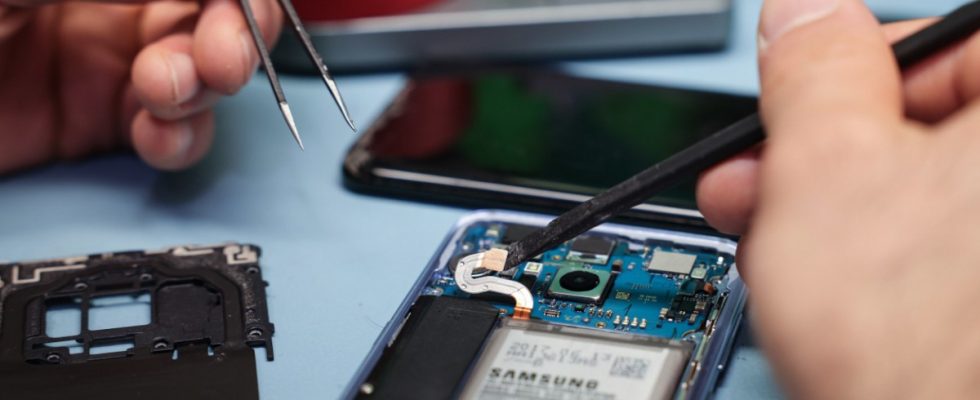Repair more, throw away less: The EU Parliament has this from many Citizens’ initiatives The “right to repair” that parties have long been calling for was approved. On Tuesday, the Parliament in Strasbourg adopted the directive with 584 votes in favour, 3 against and 14 abstentions. Up to now it has often been the case that the cell phone breaks after exactly two years and it is cheaper to buy a new one. This is to change now.
What does the “right to repair” mean exactly?
With the new law, consumers will in future have the right to have electronic products such as washing machines, vacuum cleaners and cell phones repaired by the manufacturer – as long as it can be repaired and the repair does not cost more than a replacement product. In addition, manufacturers must offer repairs for older devices and keep spare parts available cheaply and for a long time. In addition, manufacturers must provide standardized information such as instructions so that independent workshops can also repair the devices. Repair services must also not be prevented from installing used or 3D-printed spare parts.
Which products are covered by the new law – and which are not?
So far, this includes all goods for which the EU has already set repairability requirements in other legal texts. These include washing machines, dryers and dishwashers, but also refrigerators, vacuum cleaners as well as cell phones, cordless phones and tablets. Headphones are not currently covered by the new law. According to the EU, additional products may be added in the future.
Is there a warranty for repaired products?
Yes, a warranty should be introduced that is valid for one year after a repair. This is to ensure that consumers can trust that a repair is worth it.
What does the “right to repair” mean?
The law is intended to promote more sustainable consumption, help with savings and create incentives for companies to develop longer-lasting products again. The repair industry should be promoted and waste reduced. Because the mountains of electronic waste that people produce are huge. In the EU countries alone, 35 million tons of such waste are generated every year. The EU Commission estimates that the new law will save 18.5 million tonnes of greenhouse gas emissions, 1.8 million tonnes of resources and three million tonnes less waste over the course of 15 years.
What additional measures must individual countries take?
The new law stipulates that every EU state must introduce at least one measure to promote repairs. These can include, among other things, repair vouchers with which the state contributes to the costs of a repair.
What exactly could that look like?
There has been one in Austria since 2022 Repair bonus. If electrical appliances such as toasters, lawnmowers or televisions break, the state covers 50 percent of the repair costs, up to a total of 200 euros. Customers can use the website Reperaturbonus.at to find the right workshop and get half of the costs refunded. According to the Austrian Ministry of Climate Protection, the project is a great success. Last year, more than half a million repair vouchers were redeemed at more than 3,500 workshops. Since 2022, France has also had a repair bonus for electronic devices whose warranty or guarantee has expired. For example, the state gives 45 euros to repair a laptop or 25 euros for a smartphone display. France is generally considered a pioneer when it comes to sustainability. Since 2015, “planned obsolescence”, i.e. the intentional shortening of the lifespan of devices, has been punishable in the neighboring country.
What further steps are still necessary?
With the approval of the EU Parliament, only the EU states need to agree. This is usually a formality as negotiators from EU states were involved when the new rules were negotiated. Once all institutions have agreed, the legal text can be published in the EU Official Journal. The requirements must then be implemented into national law within two years.

